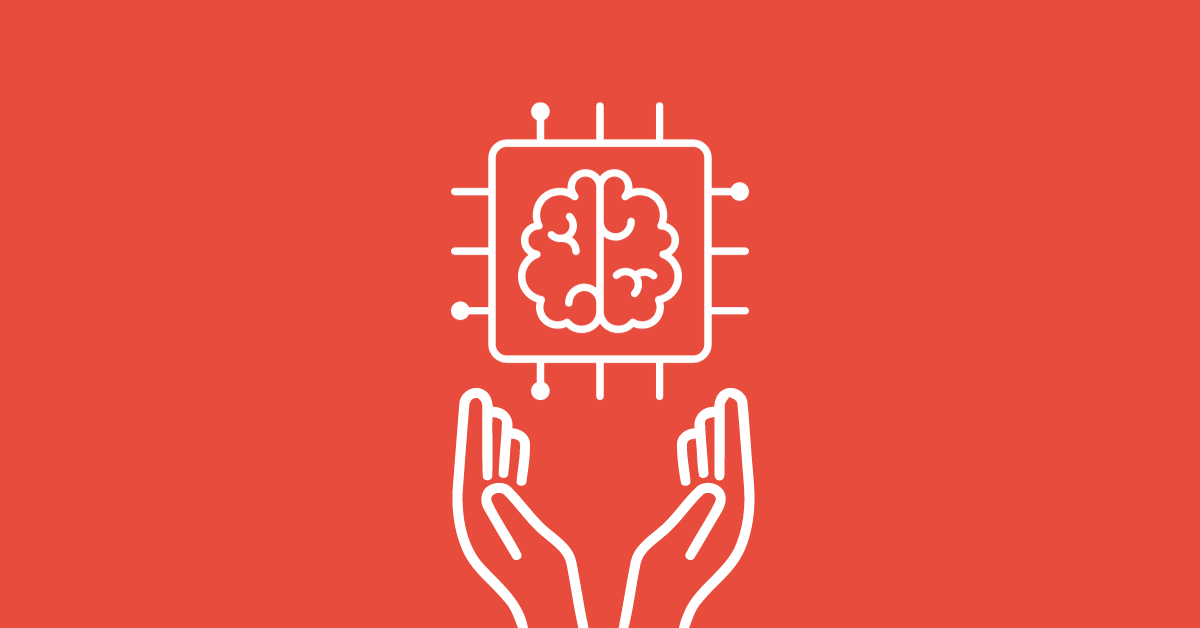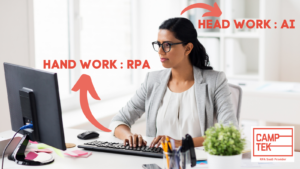
2023 will be remembered as a cornerstone year for the seismic shift that occurred around the awareness and adoption of AI. ChatGPT’s mass consumption has triggered a heightened awareness around generative AI and AI in general. As leaders of Business, Government and Academia try to assess how it can be used, governed and what both the short and long term are. The message is pretty clear to everyone, the technology is here to stay, and plans need to be made on how it will be successfully implemented. As the founder of an Intelligent Automation Managed Services company the phrase I have heard now more than ever is… “It’s not a question of IF we need to utilize AI based Automation, but it’s when.” My answer to that statement is, NOW is the time to make the leap. Frankly innovation is progressing so rapidly, businesses that don’t get a 3-5 year plan together now will be out of business or struggling to keep up in a short amount of time.
That being said, there is still an ample amount of confusion around AI and RPA. Take for example this article that is titled, “AI and automation: Business leaders adopt small-scale solutions for greater impact.” At first glance, you would think it would go in depth about how AI is making a massive impact on businesses. Upon further review the majority of the article and success outlined are attributed to RPA. Recently Olive AI closed their doors unceremoniously and the impact has been felt by some of our customers and others. They claimed to be an AI based platform, truthfully most of their products used RPA activities as part of their offering. Many of our new Healthcare customers come to us saying they need “AI” which I will credit Olive for helping them gain an understanding of what is possible.
So, let’s look at this a bit more deeply and try to discern the difference between both RPA and AI. Recently we have added this slide to our sales and customer success demonstrations. We describe AI as the “Head Work” and RPA as the “Hand Work.”

Expanding on those concepts a bit more, I think it’s important to understand AI can’t do anything with hands to carry out the request. The hands don’t have to be RPA, but AI is a super charged API. ChatGPT is a great example of this in that the user or system asks it a question and it elicits a sophisticated intelligent response and that’s where it ends. What happens with this is up to a human or an RPA bot to do something with this information. Humans can use it as a decision assisting tool to do an action, the RPA bot will take this information and use its rules-based logic to do something within an application, database, access a rest API and so on.
To add to this there is also a thought that AI can stand on its own. The truth of the matter to expand on the previous paragraph, AI needs to orchestration. Take for example, using Intelligent Document Processing (IDP) of Invoices or complex documents intake. First the documents need to be stored in a location whether it be an application, file store, database, REST API or excel file or something similar. This will not happen independently in some cases without orchestrating the job from end to end. The stand-alone concept of AI is not really possible with some assistance from people and/or a program orchestrating it.
Written by: Peter Camp, CTO & Founder, CampTek Software
Check out Peter’s latest podcast for more information on the differences between AI and RPA!



